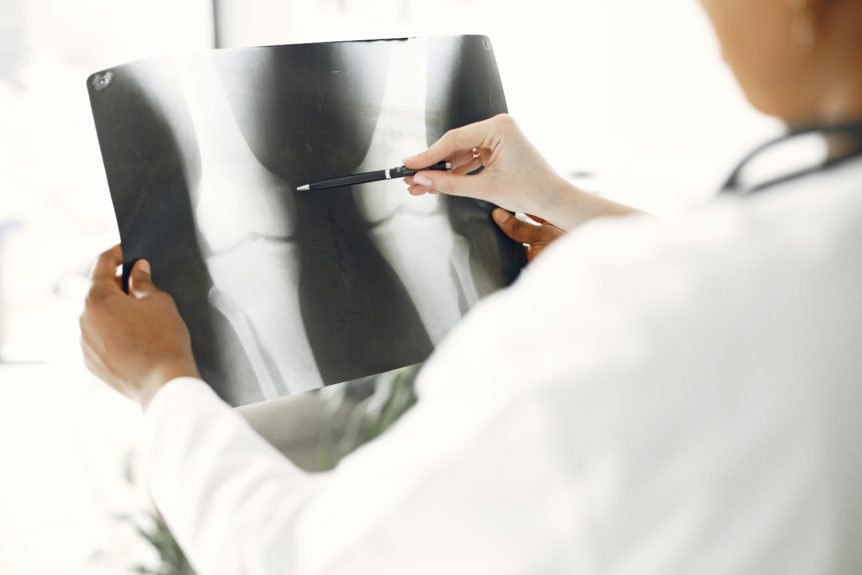D’Ambrosi et al. Sports Medicine – Open (2022) 8:98
Abstract
Anterior knee pain (AKP) is one of the most common conditions to bring active young patients to a sports injury clinic. It is a heterogeneous condition related to multiple causative factors. Compared to the general population, there appears to be a higher risk of development of patellofemoral osteoarthritis in patients with AKP. AKP can be detrimental to the patient’s quality of life and, in the larger context, significantly burdens the economy with high healthcare costs. This study aims to present a comprehensive evaluation of AKP to improve clinical daily practice. The causes of AKP can be traced not only to structures within and around the knee, but also to factors outside the knee, such as limb malalignment, weakness of specific hip muscle groups, and core and ligamentous laxity. Hence, AKP warrants a pointed evaluation of history and thorough clinical examination, complemented with relevant radiological investigations to identify its origin in the knee and its cause. Conservative management of the condition achieves good results in a majority of patients with AKP. Surgical management becomes necessary only when it is deemed to provide benefit—when the patient has well-characterized structural abnormalities of the knee or limb that correlate with the AKP clinically or in situations where the patient does not obtain significant or sustained relief from symptoms. AKP has a multifactorial etiology. The treatment strategy must be individualized to the patient based on the patient profile and specific cause identified. Hence, treatment of AKP warrants a pointed evaluation of history and thorough clinical examination complemented with relevant radiological investigations to identify the condition’s origin and its cause.
A holistic approach focused on the patient as a whole will ensure a good clinical outcome, as much as a focus on the joint as the therapeutic target.

